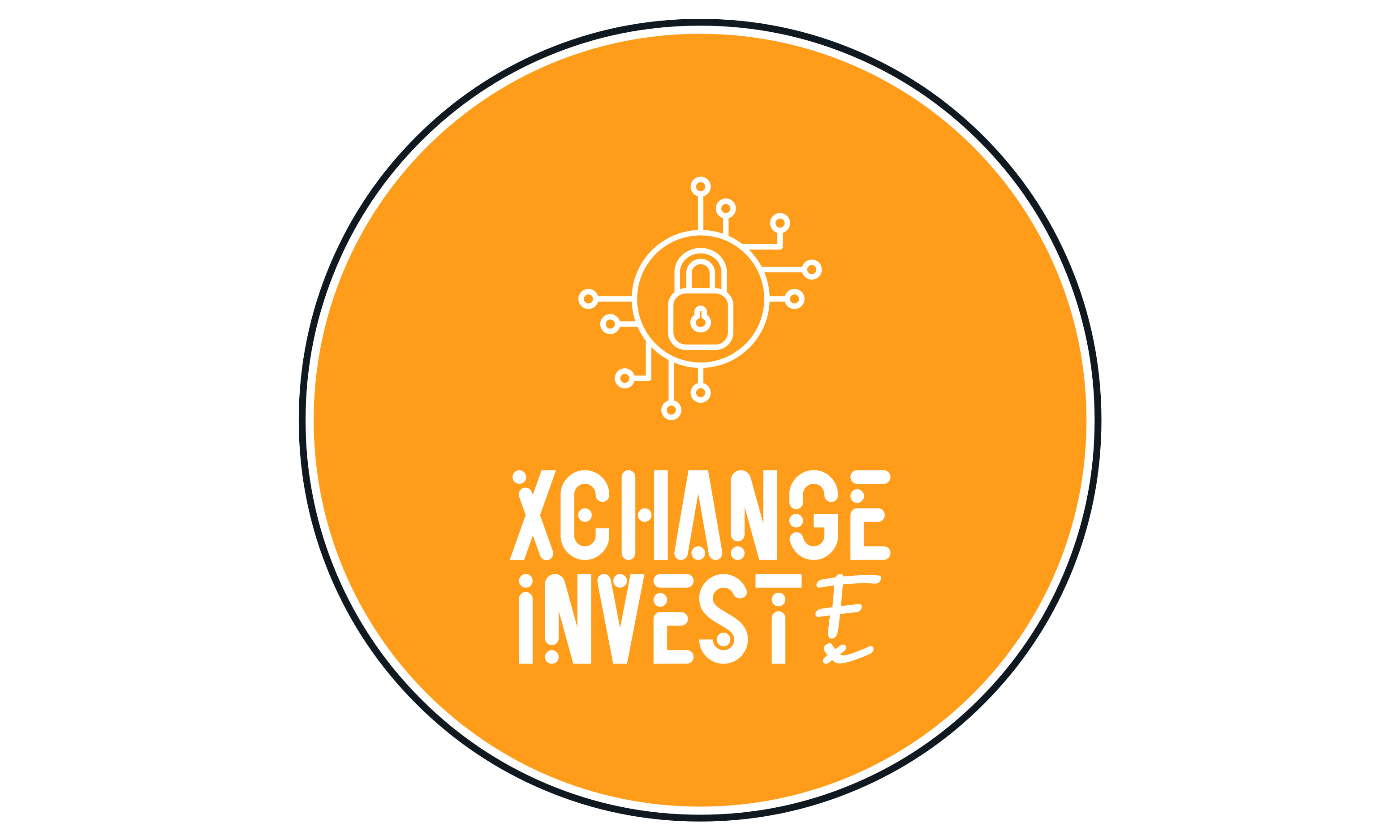The difference between the expected price of a trade and the price the trade actually executes at. The main reasons for slippage are Forex Market volatility and execution speeds.
When there is a high volatility in the market it genereally means there’s low liquidity and market prices fluctuate very quickly and this affects Forex Traders when there’s not enought FX liquidity to fill an order at the reuqested price. Whenever this happens, the liquidity provider will complete the trade at the next best price.
Execution Speed can also cause slippage. Execution Speed is how fast your Electronic Communication Network can complete your trade at the price you want it to, with market prices changing in fractions of a second having faster execution times can make a difference, especially on large trades.
While the order is filled, there may occur 3 potential outcomes:
– No slippage
– Positive Slippage
– Negative Slippage

Here is an example:
The price of EUR/USD was 1.10805. After anylysing the market we decide that it’s an upword trend and now the current price is EUR/USD 1.10845 and we expect to execute at the same price of 1.10845. The market follows the trend but goes very fast and passes the execution price and reaches up to 1.10855 very quickly – within a second. Our expected price of 1.10845 is not available in the market and we’re offered the next best available price.
First case, let’s say it was executed at 1.10835. In this case we would experience positive slippage:
1.10855 – 1.10845 = 0.00010 or +10 pips
Second case – executed at 1.10835
1.10835 – 1.10845 = -0.00010 or -10 pips
Third case – executed at 1.10845 – No slippage
if you want to use Expert Advisors(EA), you need to pay attention that it have protection agains slippage
It’s very important Forex Robots to have such protection!


Good post. I learn something totally new and challenging on blogs I stumbleupon on a daily basis. Its always useful to read through content from other authors and practice a little something from their sites.